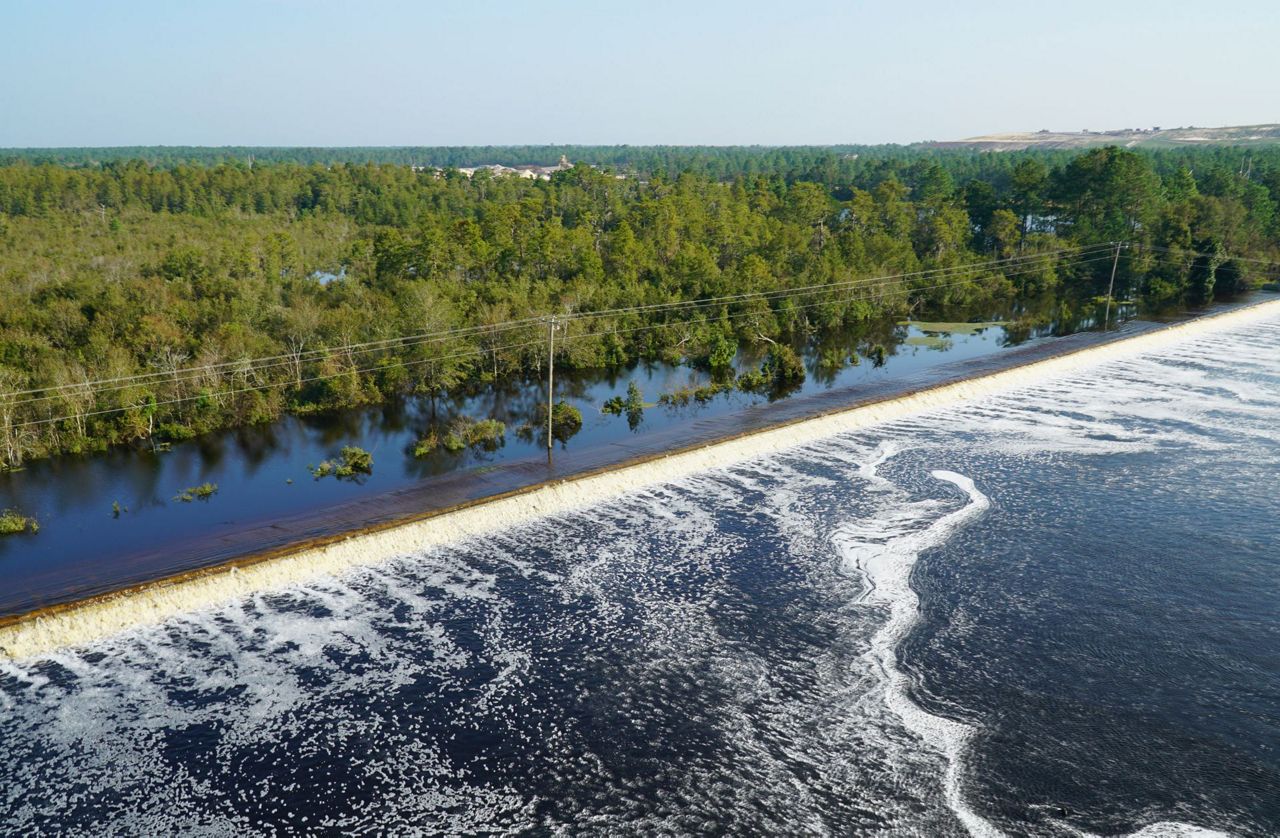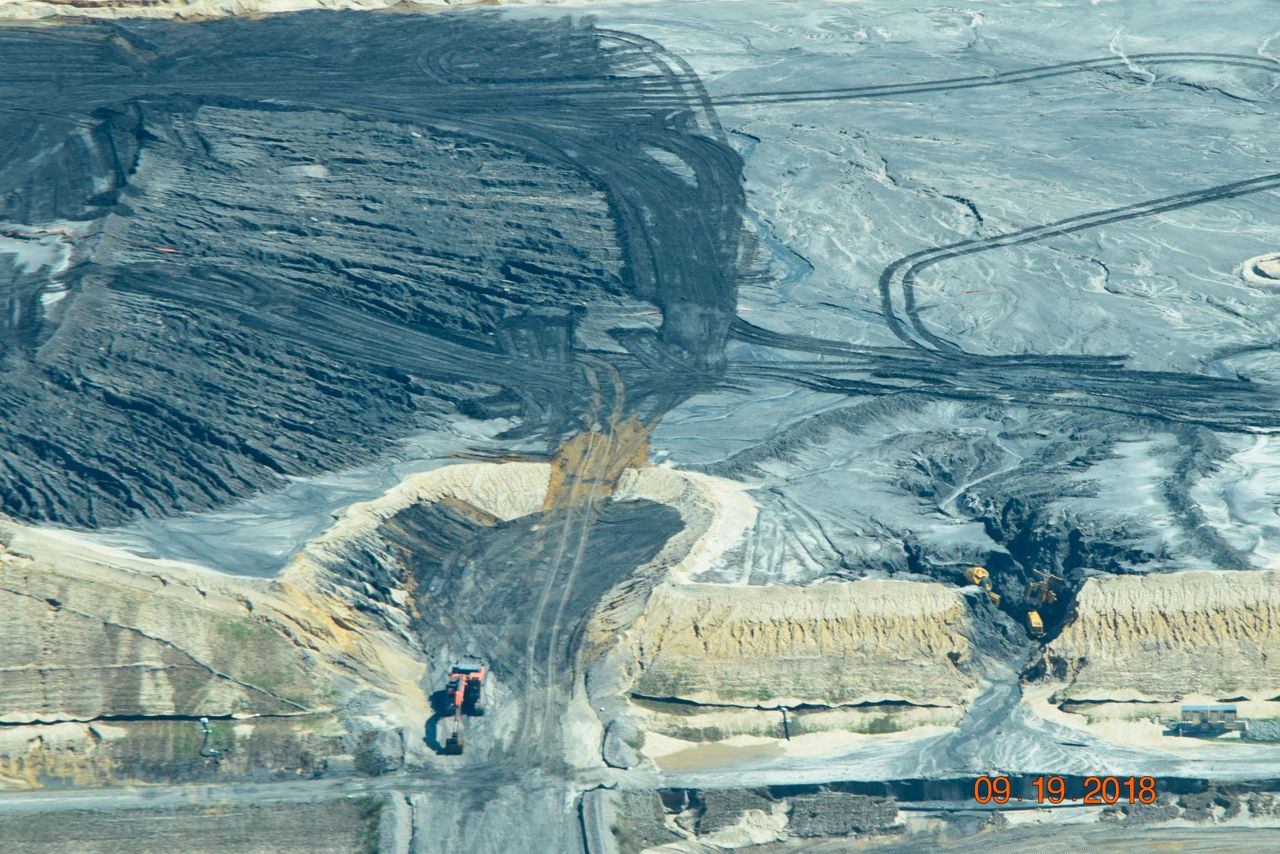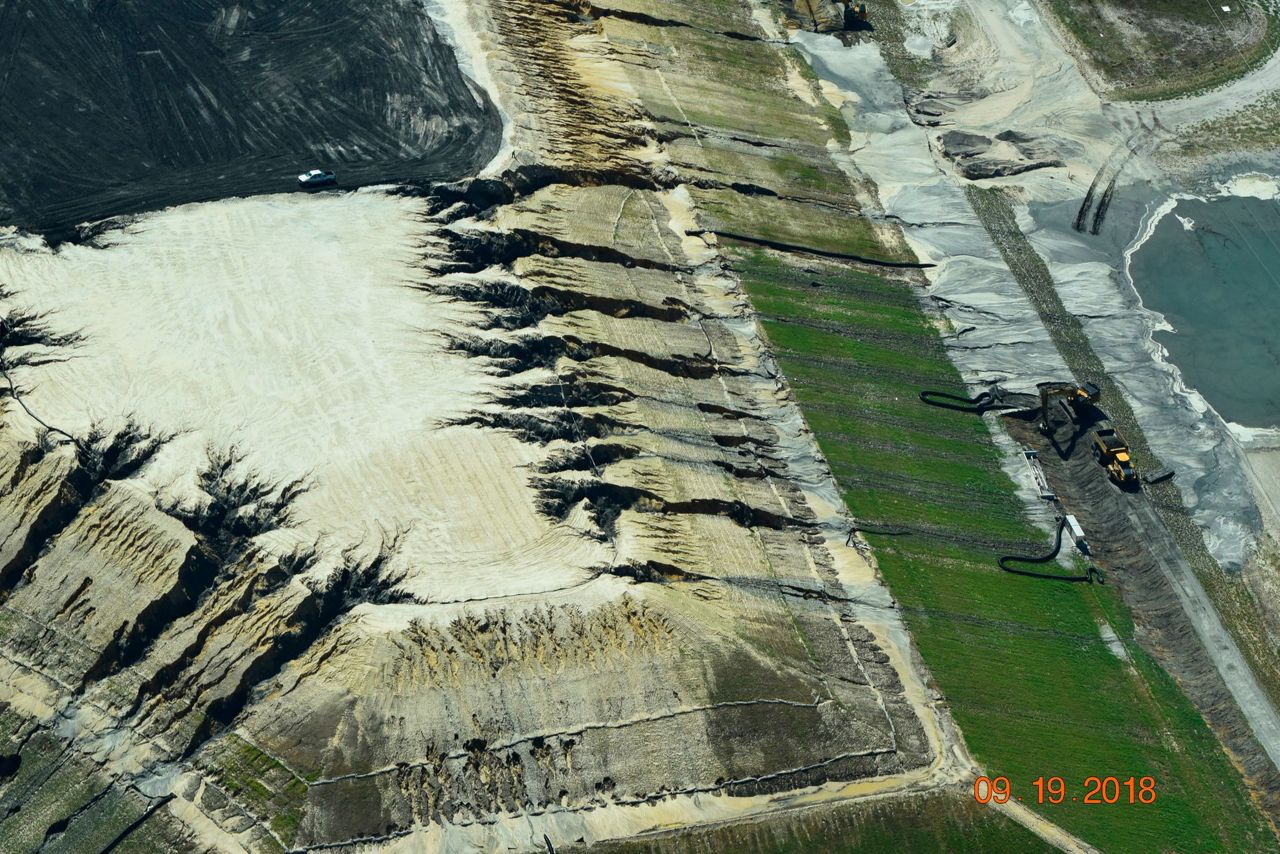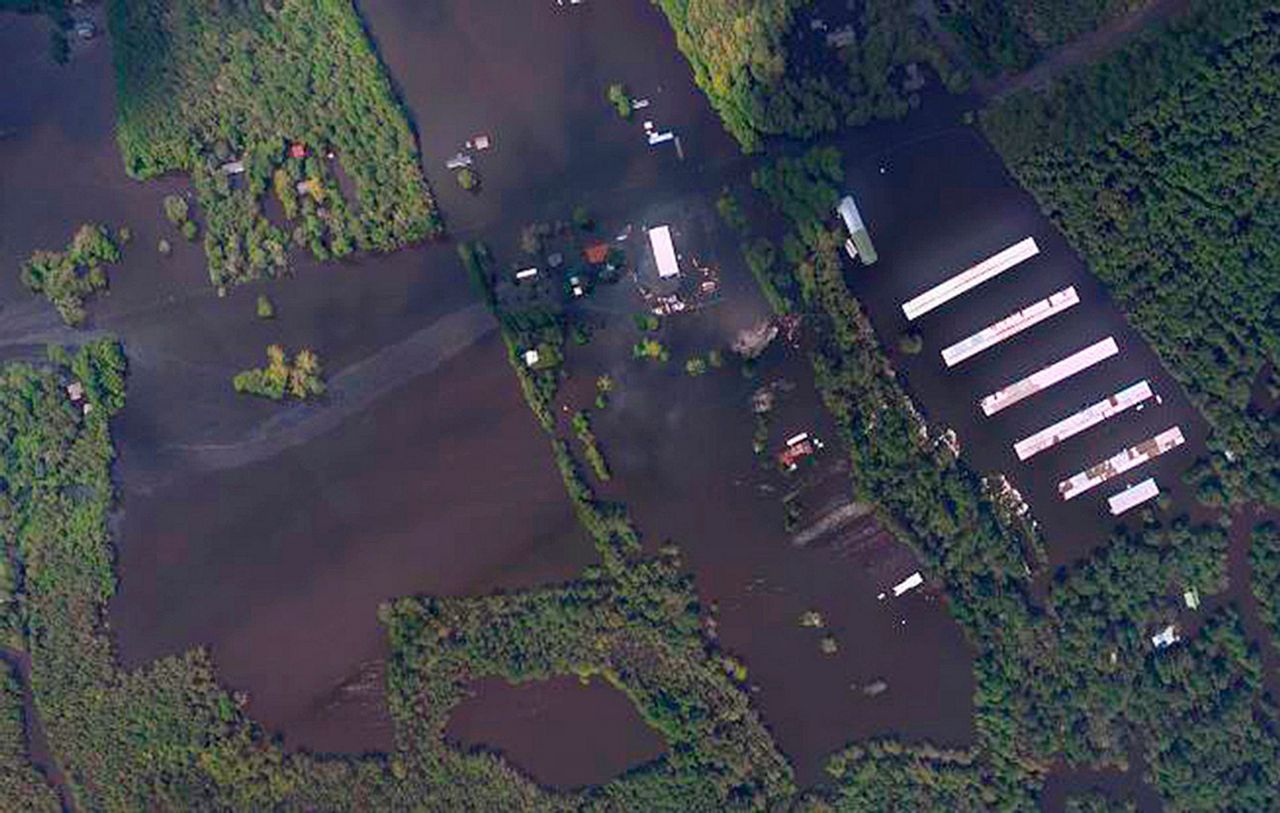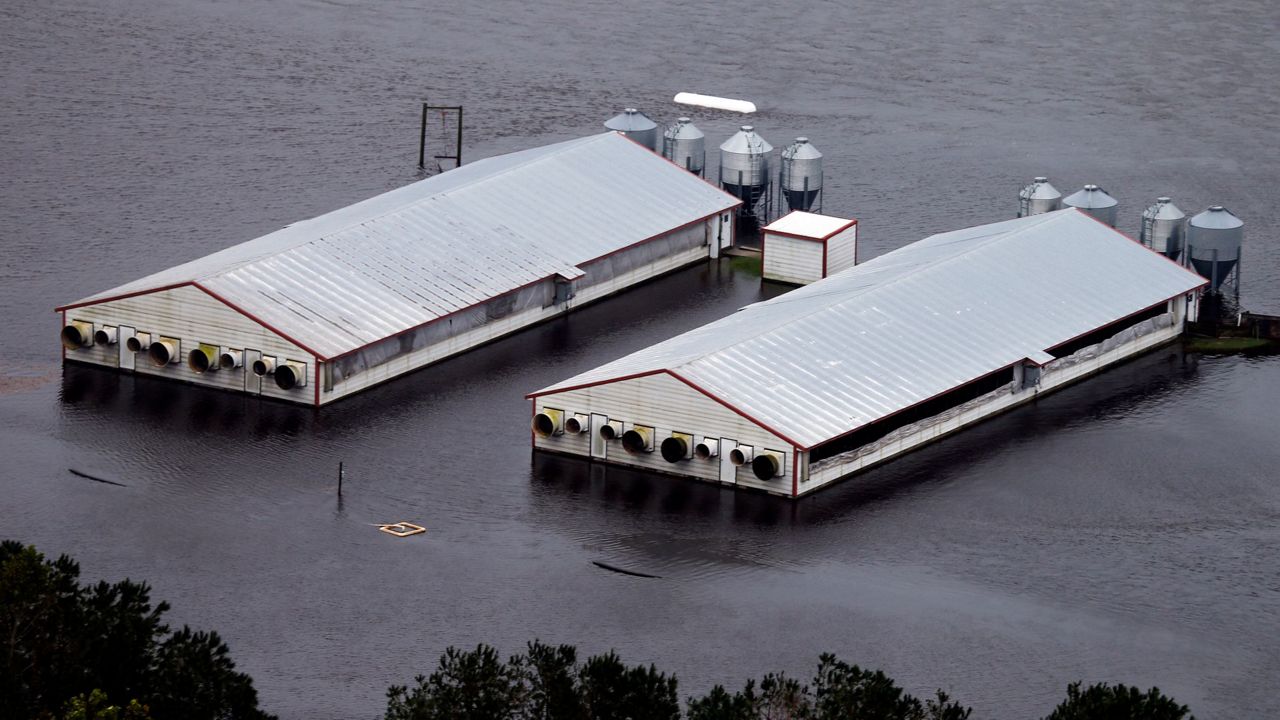WILMINGTON, N.C. (AP) — Duke Energy activated a high-level emergency alert at a retired coal-fired power plant in North Carolina as floodwaters from the nearby Cape Fear River overtopped an earthen dike there and inundated a large lake, raising concerns of a potential breach.
The dam containing Sutton Lake appeared stable and Duke officials were monitoring it with helicopters and drones, Duke spokeswoman Paige Sheehan said Thursday, calling it "an evolving situation."
Company employees notified state regulators overnight that the 1,100-acre (445-hectare) lake at the L.V. Sutton Power Station near Wilmington was at the highest alert level under its emergency action plan.
A copy of that plan reviewed by The Associated Press defines an Emergency Level 1 event as: "Urgent! Dam failure is imminent or in progress."
"Flash flooding will occur downstream of the dam," the manual says. "This situation is also applicable when flow through the earth spillway is causing downstream flooding of people and roads."
Sheehan described that language as "a worst case scenario to allow everyone to prepare accordingly." She said the company was in contact with local emergency management officials but high water levels meant "if the berm were to break, there would be very minimal impact down river."
The reservoir, a former cooling pond for the Sutton power plant, is adjacent to three large coal-ash dumps. The coal-fired plant was retired in 2013 and replaced with a new generating station that runs off natural gas.
A landfill under construction at the site meant to hold coal ash in lined terraces ruptured over the weekend, spilling enough material to fill 180 dump trucks. Coal ash contains arsenic, mercury and other toxic metals.
Parts of the top level of the landfill washed away in the heavy rains, leaving large scars where exposed coal ash was visible under a foot or two of sand and dirt. One crack was so wide that a bulldozer and two heavy rollers had fallen in sideways and were still stuck Thursday.
Workers were busy digging up one small coal ash spill on the side of the landfill opposite the lake Thursday as Duke employees towed a pontoon boat and a fan boat to the lake to continue examining water quality.
Sheehan said the company does not believe any coal ash is at risk of spilling from the site amid the current flooding, as work continues to clean up the earlier spill. The site received more than 30 inches (75 centimeters) of rain from former Hurricane Florence, with the Cape Fear River expected to crest Saturday.
Inspectors with the N.C. Department of Environmental Quality visited Sutton this week to collect samples from around the breached coal-ash landfill. Sutton Lake is now used for public recreation, including fishing and boating.
Duke Energy said Wednesday that water samples collected by its employees and tested at the company's own lab showed "no evidence of a coal ash impact" to the lake or river.
Those results, provided to the AP, did detect chemicals present in coal ash in wetlands immediately adjacent to the shoreline. And they show that the employees collected their samples for Sutton Lake on the opposite side of the reservoir from the affected wetlands.
State regulators awaited results of their own testing before determining whether there were any violations of clean-water-quality rules, state environmental agency spokeswoman Megan Thorpe said.
Duke's ash waste management has faced intense scrutiny since a drainage pipe collapsed under a waste pit at an old plant in Eden in 2014, triggering a massive spill that coated 70 miles (110 kilometers) of the Dan River in gray sludge. The utility later agreed to plead guilty to nine Clean Water Act violations and pay $102 million in fines and restitution for illegally discharging pollution from ash dumps at five North Carolina power plants. It plans to close all its ash dumps by 2029.
At the H.F. Lee Power Plant near Goldsboro, three old coal-ash dumps capped with soil were underwater Thursday after the Neuse River flooded.
Staff from the Waterkeeper Alliance, an environmental group, visited the site by boat Wednesday and took photographs and collected samples of gray sludge and water they said was washing into the floodwaters. The group said a private lab would analyze samples.
State environmental regulators went to the site Thursday, though they were unable to make a full assessment because of high water levels.
Sheehan, the Duke spokeswoman, said that any release of coal ash at the site appeared "minimal."
"We'll learn more as flood water recedes," she said.
State officials said Thursday they have also received reports of earthen dams at three hog lagoons breaching, spilling out feces and urine. Another three lagoons had sustained structural damage, 21 were flooded by nearby rivers and 30 were so full they overflowed. Another 75 lagoons were listed as being at risk of overtopping.
About 3.4 million chickens and turkeys and 5,500 hogs have been killed as rising North Carolina rivers swamped dozens of farm buildings, according to state officials.
An environmental threat is also posed by human waste as low-lying municipal sewage plants flood. On Sunday, the Cape Fear Public Utility Authority reported more than 5 million gallons (19 million liters) of partially treated sewage had spilled into the Cape Fear River after power failed at its treatment plant.
___
Associated Press investigative reporter Michael Biesecker reported from Washington. Follow him at http://twitter.com/mbieseck
Copyright 2018 The Associated Press. All rights reserved. This material may not be published, broadcast, rewritten or redistributed.



